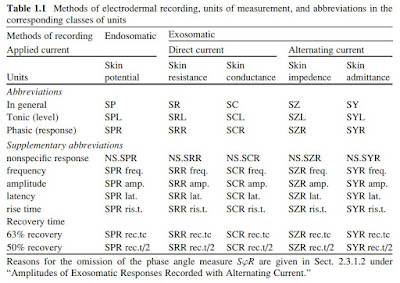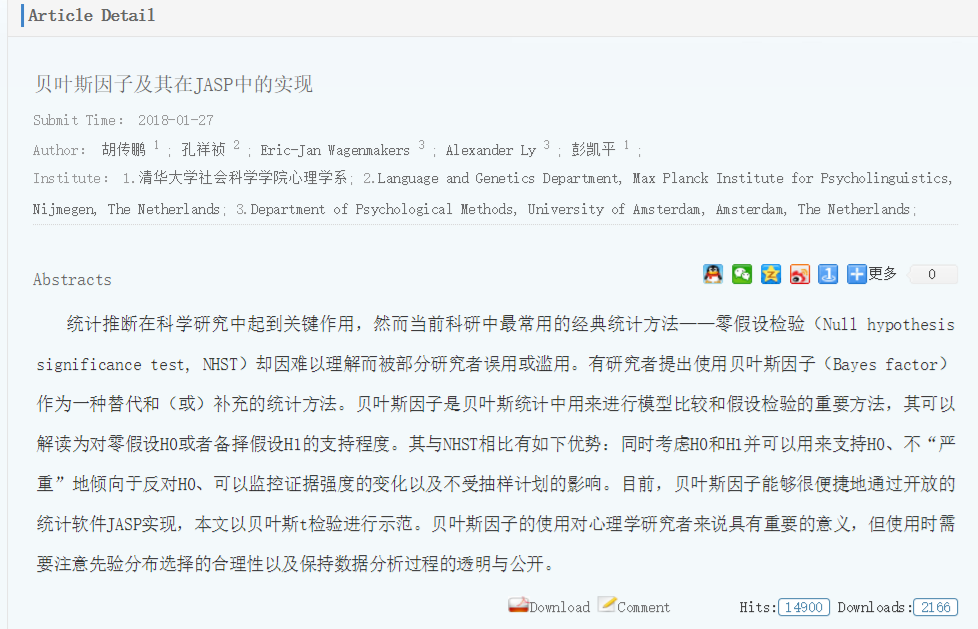References for beginners on skin conductance response (SCR)

Skin conductance response (SCR) is a widely used psychophysiological measurement in psychology and cognitive neuroscience, especially emotion studies. Even it is a relatively "old" method used, it seems that there is no explicit standard how should you do it. More or less, the tips are told by your colleagues instead of from an explicit guidebook. Here I recorded the articles, books, and manuals that helped me to know more about SCR, which I will be used in a fear extinction study. The general workflow of the SCR is not super complex, only three steps: Recording. This is the most or lest important thing you need to care, depending on your experience. It is the most important thing because data quality is always the most important aspect of research. "garbage in, garbage out". It is the lest important thing because, usually, you will follow the way your lab's done previously. For example, which part of the body will you stick the electrode so that you can g...




